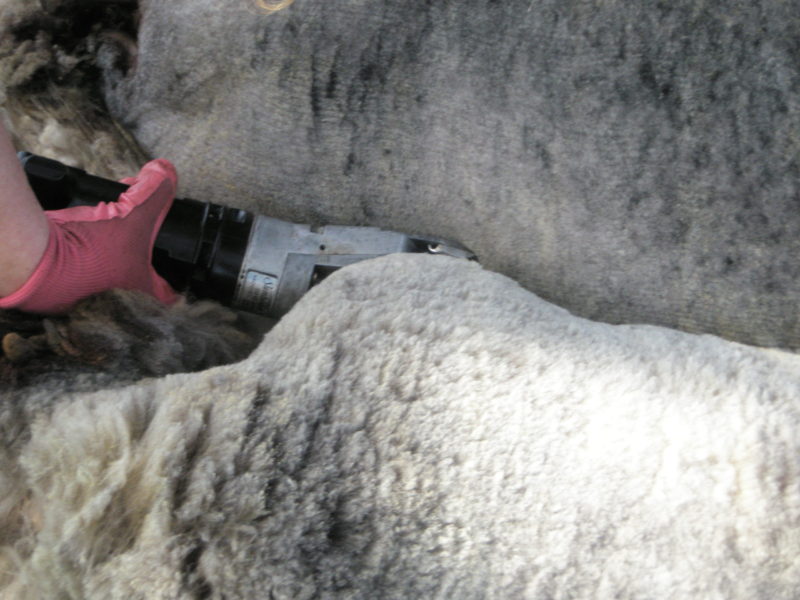What to consider when creating with environmentally
friendly natural fibers?
“There are no bad fibers just misguided purposes.” MG
What you should consider when creating with environmentally friendly natural fibers?
Wool, fluff, and other natural fibers…
I try really hard to be accurate and use the proper verbiage, so since the wool industry has categorized wool as only coming from a sheep, fluff and natural fibers must be included. There are many reasons choosing a natural fiber is the way to make your life more fun, friendly, and fulfilling.
- Fun, because creating from the ground up is a process that gets the creative juices flowing.
- Friendly, not just environmentally, but mostly when I am wearing a one-of-a-kind piece or knitting something in an airport, people are never shy about asking me what I have on or what I am working on. (They mostly feel free to ask if they can touch, too.)
- Fulfilling goes along with creating in all the processes that have been pasted down from generations in some form or another. In knowing what was made from these fibers will last and last. You may have to mend but you should also be able to pass it down to your grandkids.
Natural fibers are environmentally friendly,
they were created to be in agreement with how the earth works and so I will always go with the quip “There are no bad fibers just misguided purposes.” MG Yes, my own quip but hear me out here. Some wool is very soft normally a finer fiber making it perfect for a close to the skin garment. Some wools are courser making them stronger for other things like an outer garments or rugs. Fibers that are not a strong choice for creating with are biodegradable and can improve the moisture content of your soil in the garden for a time.
Wool is in a word amazing.
There is nothing man made that can equal natural fiber. It is hard to come close to listing all the qualities of wool. But of course, I will give you a few:
- Wool is insulating – it works both ways. We mostly think of it keeping us warm because our bodies give off heat. However when I worked in the mill the older dryer maintenance man would wear a wool shirt in the 120* F mill while working in the +120* dryer, to keep him cool.
- Wool keeps you warm even while wet – I had no idea how this works until I read the article “How does wool keep you warm even when it’s wet.” I just think it is another amazing property. If you would love to know what makes this work this is a great read.
- Wool is and isn’t itchy – There are so many wools out there and each have their own wonderful properties. More on these in future blog posts.
- Wool needs very little care –
- Wool loves to be washed – We tend to get scared when someone suggests washing wool, but when your wool is dirty it is important to clean it in the right way. Which is quite easy to do, don’t be scared. When the dirt gets to be too much you will be in danger of damaging your fiber by leaving it dirty.
- Some wool felts well some does not.
- Wool is breathable
- There are soooo many options out there. Our minds naturally go to merino as it is the most well-known, but I would encourage you to take a look at many different wools. Each wool has a very unique purpose and you can create a stunning piece with just the right fluff.
Wool is just the tip of the iceberg.
Many of these qualities translate to the other natural animal fibers.
Alpaca –
- Is a lovely soft fiber
- Is very drapey
- Felts well
Angora – rabbit fluff
- Is 7 times warmer than wool. The angora has an unmistakable halo this is part of its power of warmness.
- Felts well – this is what some of the best felt hats are made from.
- Is super soft and has a low micron count.
Mohair –
- Has a long staple
- Strong
- Lustrous – shiny
- drapey
Other non-animal fibers that do such a great job in a different way
- Cotton is by no means a lesser it does its job of clothing the body well.
- It is good for hot weather
- Can be dyed easily
- Flax (is my most favorite non-animal fiber)
- It has a long staple – making it strong the second strongest after silk
- Has the most lovely drape, there is no elasticity to this fiber (please don’t mix it with wool – you will loose the best of both worlds)
- Wicks away moisture
- Gets better with time.
- Is stain resistant making it not the best dying material
- It is naturally resistant to fungus and bacteria (AMAZING)
- Silk (yet another of my favorites)
- Is a strong fiber with a long staple
- Takes dye beautifully with gusto and luster
- Makes a great blending material.
Choosing the right natural fiber can be such a daunting idea, but on the other hand there are so many fun choices out there you will never exhaust the possibilities. Do your research and you could find that your next creation is more stunning than the last. When you get the pairing just right you will start to see a change in how your body reacts to your environment. This is one way you can wrap yourself in the most environmentally friendly packaging.

